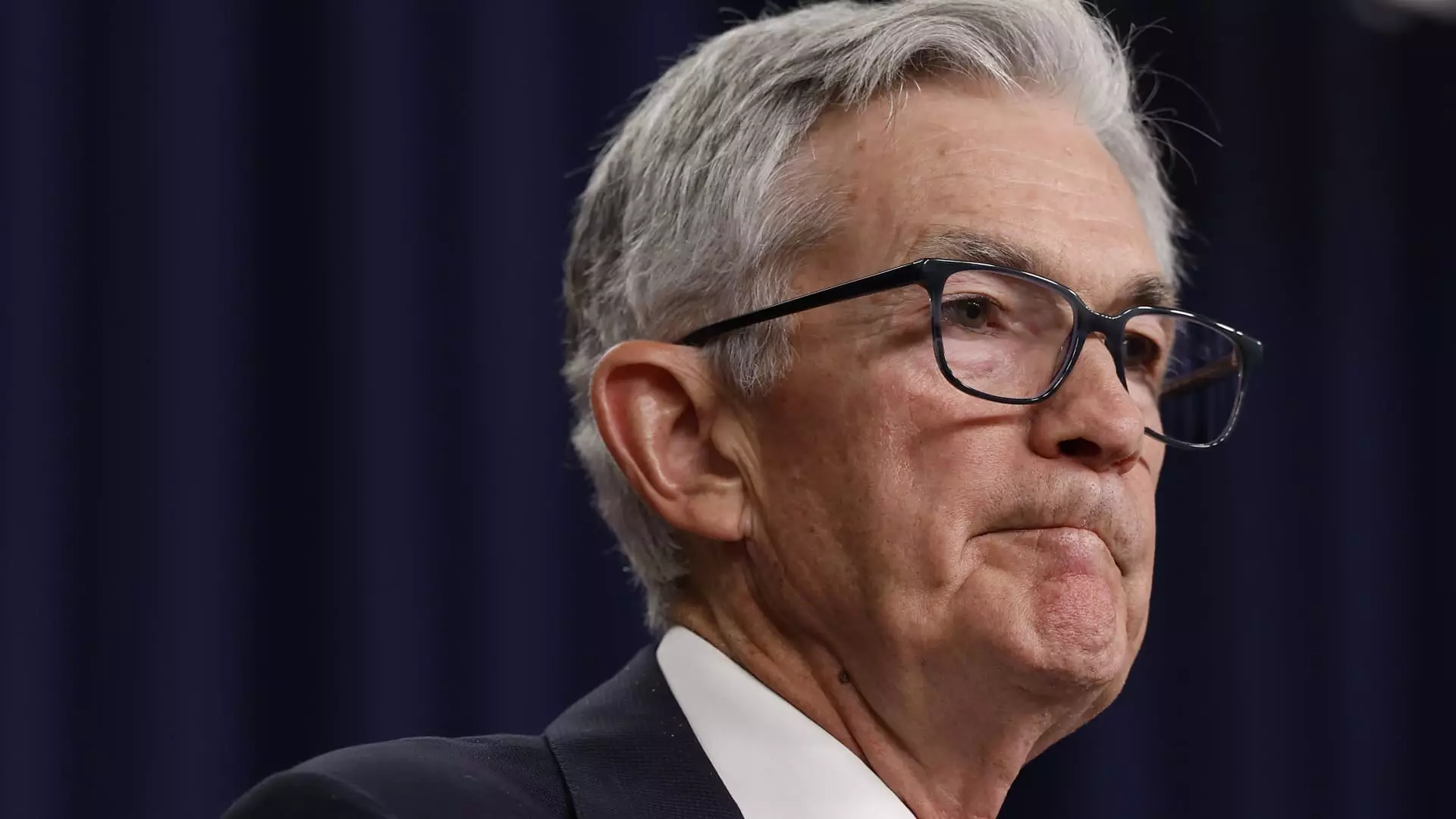In recent months, the Federal Reserve has found itself at a crossroads, contending with conflicting signals from the economy as it navigates the complexities of monetary policy. The minutes from the Fed’s September meeting reveal a pivotal moment in which officials opted for a half-percentage point cut in interest rates—an uncommon move that reflects both a need for action and an underlying hesitance. This article will analyze the nuances of the Fed’s decision, exploring the interplay between inflation expectations and labor market realities, while considering the implications of their choice for the broader economic landscape.
One striking aspect of this particular meeting was the disagreement among Federal Open Market Committee (FOMC) members regarding the magnitude of the rate cut. Although the decision to lower rates by 50 basis points ultimately prevailed, it was evident that not all members were in consensus. Notably, Governor Michelle Bowman was the sole dissenting vote, advocating for a more measured quarter-point reduction. This divergence highlights a tangible tension within the committee: while some members expressed optimism regarding inflation trends, others felt apprehensive about the robustness of the labor market.
The minutes from the meeting emphasize this division, with several participants voicing support for a smaller reduction, arguing that it would facilitate a gradual approach to policy normalization. Their rationale centered on the need to evaluate the ongoing economic conditions without overcommitting to aggressive rate cuts. This debate reflects a complex balancing act that the Fed must continuously navigate—between steering the economy toward lower inflation and ensuring that the labor market remains healthy.
As the labor market shows signs of resilience, with nonfarm payrolls swelled by 254,000 in September while the unemployment rate dipped to 4.1%, the contours of the economic outlook become increasingly intricate. This strong performance suggests that the employment sector may not be as fragile as some FOMC members had anticipated. Consequently, this data has fueled discussions about the pace of future rate cuts, with a general sense that subsequent actions will likely be less aggressive than the recent move.
The Fed’s decision to cut rates can be framed as a response to the current economic landscape, where inflation and employment prospects are in a delicate equilibrium. Yet the FOMC members’ preference for a more cautious approach speaks volumes about their concerns—while inflation rates may be stabilizing, the labor market’s future trajectory remains uncertain. Such dynamics necessitate ongoing vigilance from policymakers as they balance inflationary pressures against labor market vitality.
The immediate market response to the Fed’s rate cut was relatively subdued, with major indices continuing their path toward substantial gains. However, this tranquility belies the underlying complexities in market sentiment. According to futures markets, expectations for future cuts have shifted, suggesting a decline in the aggressiveness of anticipated rate moves. Initially, there was speculation about a more hurried path to easing monetary policies, but recent adjustments indicate a preference for moderate measures.
Interestingly, the bond market has exhibited contrasting behavior, particularly evident in the notable surge of 40 basis points in both the 10-year and 2-year Treasury yields following the meeting. This disparity may suggest that while the equity markets are optimistic about growth prospects, the bond market is signaling caution, perhaps reflecting fears of persistent inflation or uncertainty about the Fed’s trajectory.
In the weeks and months following the September meeting, the Fed faces critical questions regarding its future policy direction. While Chair Jerome Powell has articulated a vision of “recalibration,” indicating a recalibrated approach to monetary policy, this notion must be clearly delineated from fears of economic stagnation. The challenge for the Fed lies in communicating to markets and the public that their strategy aims to support sustainable growth without triggering inflationary spirals.
As officials continue to digest incoming economic data, the Fed may lean on its ‘dot plot’ framework to outline individual member projections for future rate changes. While there’s room for optimism stemming from strong labor market indicators, the conversation around inflation remains fraught with uncertainty. The path forward will require meticulous scrutiny, well-prepared responses to evolving economic realities, and clear communication to assure markets of the Fed’s commitment to fostering stability in the economy.
The Federal Reserve’s decision to cut rates marks a significant moment in the context of a turbulent economic environment. With varying perspectives among officials, shifting market sentiments, and persistent inflation concerns, policymakers must tread carefully. The balance between sustaining labor market growth and managing inflation remains tenuous, highlighting the challenges awaits as economic actors look to the Fed for guidance. The unfolding narrative is not just about numbers and charts; it’s a comprehensive tableau of economic interrelations that will shape the United States’ financial trajectory in the years to come.

